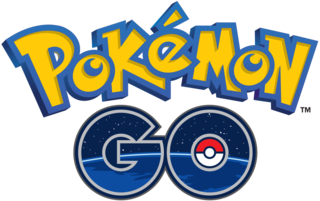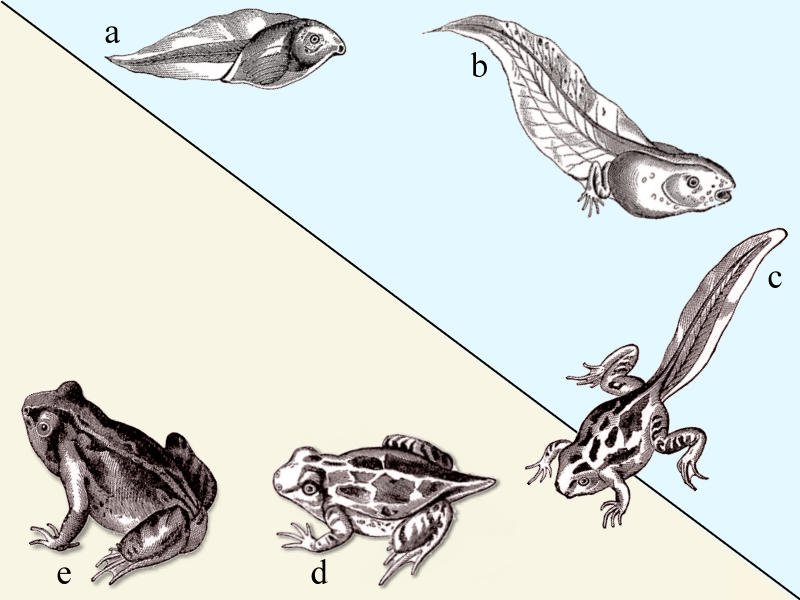Let me begin by saying that while I’m not a Luddite, I’m also not a technology whiz. I’m one of those less-than-cool people who still use Facebook, have no idea what WhatsApp is, and don’t know which expresses approval—swiping left or swiping right. I recently asked my way-cooler-than-me au pair to show me SnapChat and I didn’t really get it. So it should come as no surprise that while most of the rest of the world was playing Pokémon GO, I remained happy in a cocoon of ignorance. I was vaguely aware that there was something going on that involved people wandering around with their smartphones to “catch” Pokémon characters that pop up in random places, but I didn’t really know more than that, and that was just fine with me.
Pokemon uses "evolution" to describe sudden change from one form to another? Am I going to have to learn abt Pokemon so I can criticize it?
— Stephanie Keep (@keeps3) August 1, 2016

But then Minda Berbeco forwarded an article from Forbes—Pokémon GO Is Bad If You Don’t Understand Evolution—and my heart sank at seeing the title. If Pokémon GO is based on a fundamental misconception of evolution, then was I going to have to learn about the game? Would I have to enlist my neighbors’ kids to show me how to play? A little obsessive already, would I be doomed to wander through the suburban Massachusetts wilderness, calling plaintively after Pikachu? (Even I know about Pikachu.) Fortunately, JV Chamary saved me the trouble. He explains the crux of the problem:
In most Pokémon games, “evolution” occurs when a monster turns into a more powerful creature. The process is triggered in several ways, like reaching a certain level of combat experience or exposure to a magic stone—Bulbasaur becomes Ivysaur at level 16, for instance, while Pikachu “evolves” into Raichu with a Thunder stone.
I have no idea what a Bulbasaur or a Raichu is, but I do know that even considering the context and ignoring the fact that we’re talking about monsters, “when a monster turns into a more powerful creature” is not a good answer to the question “how do you know if evolution has occurred?” Evolution is, of course, heritable change in a population over generations. While it’s possible—if not at all plausible—that combat experience or magic stones could trigger such change, I get no sense of generations or populations at all from Chamary’s description of evolution of Pokémon.

Indeed, a little more digging revealed that in the world of Pokémon, individual creatures “evolve” instantaneously when they poof from one form to another. This actually involves a pretty common set of misconceptions about evolution—that individuals evolve, sometimes dramatically, often in response to a pressing need (I need to swim to evade predators; go go gadget fins!). In Pokémon, what drives “evolution” is less the need to adapt to environmental change than, well, magic or combat, or—from what I understand—eating candy, but the result is the same: individuals evolve. For Pokémon, the evolution is always dramatic—they even take on whole new species identities that come with new powers. (Apparently, every individual monster is a distinct “species”—including males and female morphs and monsters that can interbreed. As the authors of a 2012 tongue-in-cheek paper (PDF) in The Annals of Improbable Research delicately put it, “The biological species concept does not seem to apply to the Pokémon.”) It’s worth mentioning that many antievolution proponents claim evolution cannot be true because, for example, cats never give birth to dogs—a ridiculous expectation that reflects a Pokémonesque understanding of evolution.
I applaud Chamary for calling attention to the misuse of evolutionary terminology in Pokémon (Pokémon GO included). If the comments on the NCSE Facebook post on his piece are any indication, he’s caught a lot of flak along the lines of “lighten up.” Well, yes, it’s just a game—but I agree with Chamary’s assessment that “continuing to use the wrong word [to describe Pokémon metamorphosis] will damage the public’s understanding of how life evolves.” After all, it’s a really popular game, and the public has a hard enough time understanding what evolution is when it’s explained correctly!

I particularly disagree with the commenter who said, “If anyone is fooled by Pokemon’s model of evolution, there’s really no hope they’ll get the real thing any way.” Given that “individuals evolve” is a misconception shared by 28% of 9–12 graders and 34% of 6–8 graders, there’s no doubt that students are susceptible. Moreover, since when do we despair of correcting misconceptions? I also disagree with the commenter who said, “It’s a game. Not an educational tool.” In the hands of a skilled teacher, nearly anything can be an educational tool—which conveniently suggests the question, How can a teacher turn the Pokémon resurgence into a learning opportunity?
My suggestion would be to elicit the definition of “evolution” in the Pokémon universe from the students, and then ask them whether that agrees with how biological evolution works. Find case studies in evolution to help them compare and contrast, or come back to the question after a few days of studying of evolution. Once students can describe the differences between biological evolution and Pokémon evolution, challenge them to come up with a better terminology to describe what happens to Pokémon monsters. In other words, if they don’t evolve, what do they do? (I like Chamary’s suggestion that they metamorphose!) If you have already covered evolution extensively, or if your class already has a firm understanding, you could ask them what misconceptions the Pokémon world is reinforcing. It can be so rewarding to recognize misconceptions on display—I should know, I’ve made a specialty of it!
So there you go, a back-to-school idea from my brain to yours. If you try it out, please let me know how it went. Or if you have a better idea for a Pokémon teachable moment, please share! In the meantime, I’m going to go back to my cocoon with a book—a real one, with pages and everything.
Are you a teacher and want to tell us about an amazing free resource? Do you have an idea for a Misconception Monday or other type of post? Have a fossil to share? See some good or bad examples of science communication lately? Drop me an email or shoot me a Tweet @keeps3.

